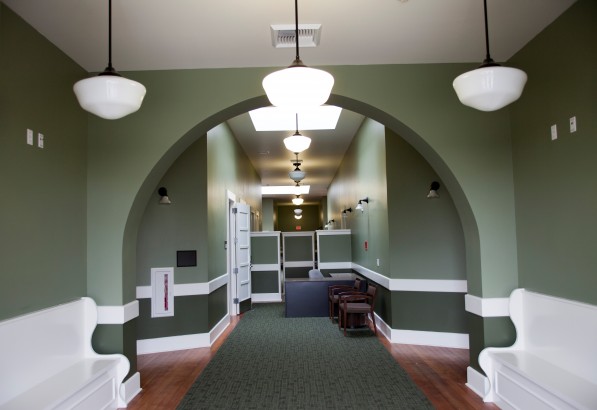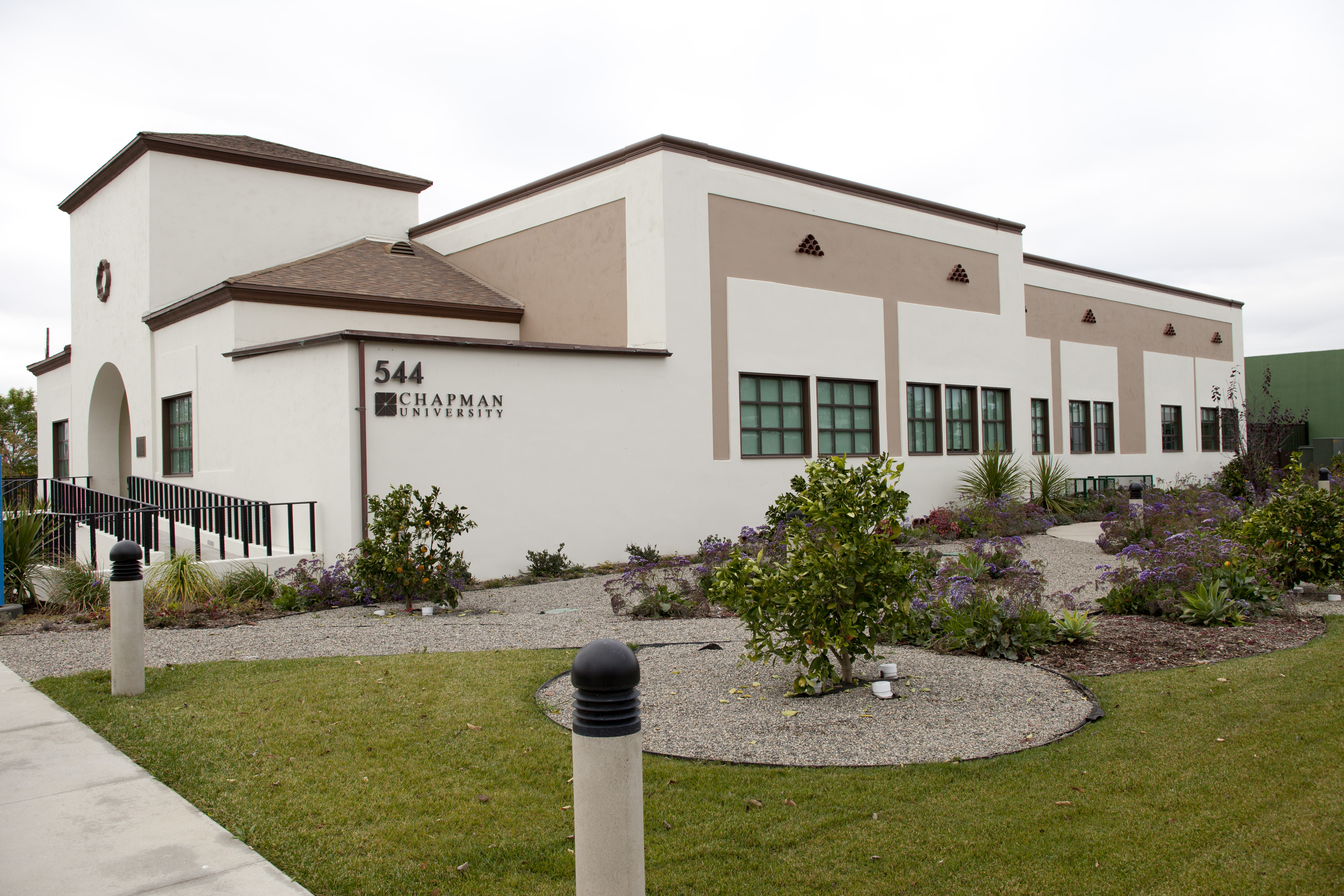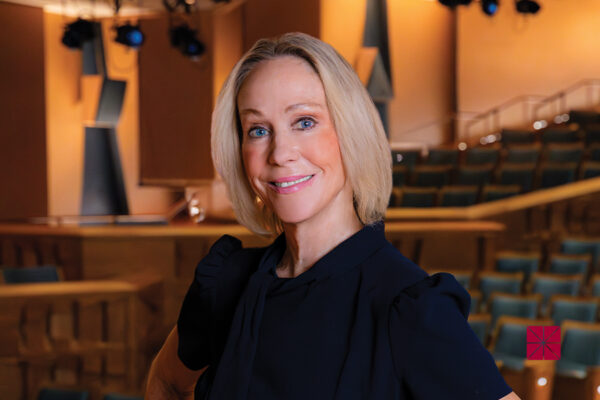
The restored Cyrpress Street Schoolhouse has been awarded a prestigious LEED Gold Certification.
The historic Cypress Street Schoolhouse in Old Towne Orange – once a segregated “Mexican school” and now owned by Chapman University and renovated to house the university’s early human development research program – has been honored with a Leadership in Energy and Environment Design (LEED) Gold rating from the
U.S. Green Building Council
. The project is Chapman University’s first to be LEED Gold-certified.
LEED-certified buildings are so honored because they have been designed to reduce landfill waste, conserve energy and water, reduce harmful greenhouse gas emissions and be healthier and safer for occupants.
“We are delighted that the building and operational principles of our Cypress Street Schoolhouse project have been recognized for their sustainability and green qualities. It’s a great achievement for us,” said Kris Eric Olsen, Chapman’s vice president of campus planning and operations.
Olsen said that the environmentally conscious measures implemented as the building was renovated by the university included:
- An erosion and sedimentation plan for all construction activities was prepared and implemented.
- The project is located within one-half mile of 10 basic services with convenient pedestrian access.
- The site is located within one-half mile of the Orange Depot and ¼ mile of bus lines.
- The project maximizes on-site open space by the creation of a landscaped front yard in place of what was previously pavement.
- Toilets and faucets were replaced with low flow fixtures and sensing devices.
- The project reduced potable water use for landscaping by 50 percent.
- The project reduced interior water consumption by 40 percent.
- The project utilizes 25 percent less energy than Title 24 energy standards.
- The building includes areas for recycling of paper, corrugated cardboard, glass, plastics, and metals.
- The project preserved or reused original walls, floors and roof. New walls are easily distinguishable from existing walls.
- Where practical, building utilized local building materials.
- Smoking is not allowed in the building. An area for smoking has been designated away from the building.
- All paints used within and outside of the building complied with low VOC standards.
- Lighting controls have been provided for at least 90% of building occupants.
- Project exceeds standards for indoor air quality with additional filtration and exhaust.
- Project provides parking for low emissions fuel vehicles as well as bicycle parking. Additionally, showers and lockers are provided for those wishing to use bicycles as commuting vehicles.
- The consultant team included a LEED Accredited Professional who oversaw development of the project.
The building, which opened in 1928, is the last remaining historical segregated schoolhouse in Southern California. Today, the schoolhouse is equipped to support Chapman’s nationally recognized Early Human and Lifespan Development Research Program, headed by
Laura Glynn
, Ph.D.
The state-of-the-art facility
, which reopened as the program’s headquarters in March, pays tribute to its historic past by offering a pictorial exhibit of photographs from its schoolhouse era (open to the public by appointment) and by providing meeting space for the Orange Barrio Historical Society and other community groups.
The LEED certification from the U.S. Green Building Council is recognized across the globe as the premier mark of achievement in green building. LEED certifications are designed to promote energy and resource conservation, reduce waste and gas emissions, and encourage the construction of buildings that are safer for workers. Projects are accessed based on sustainability, water efficiency, energy performance, use of sustainable building materials and waste reduction, and indoor air quality and access to daylight and views. Regional priority and innovation in design are bonus point categories. To learn more, visit
www.usgbc.org





Add comment